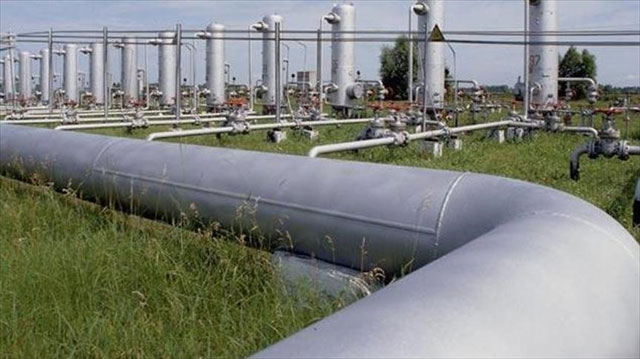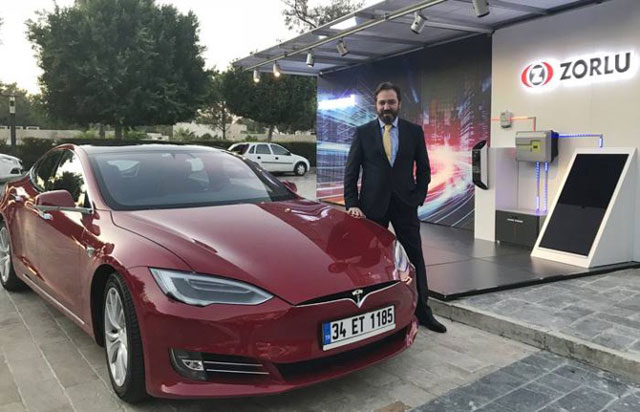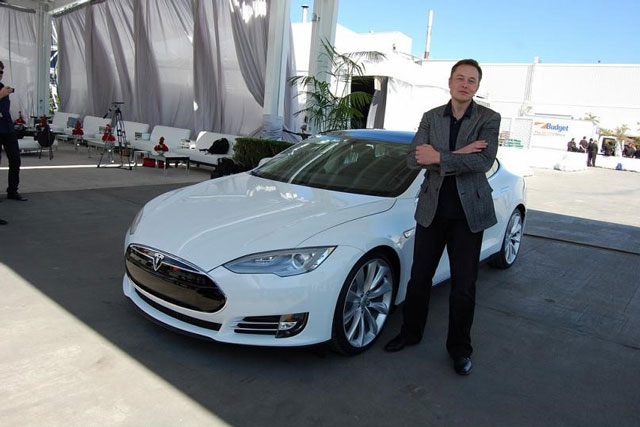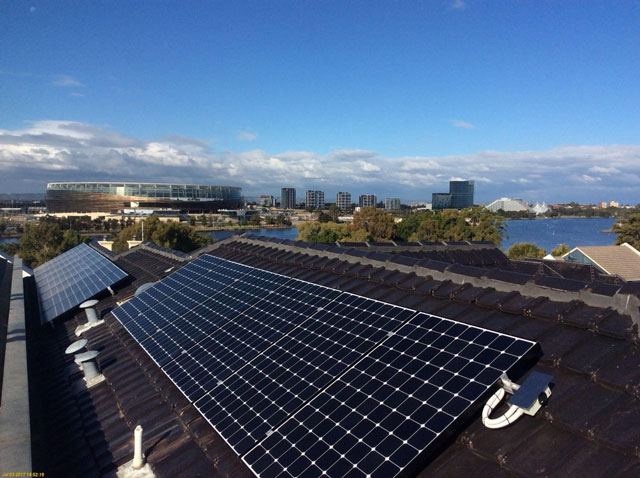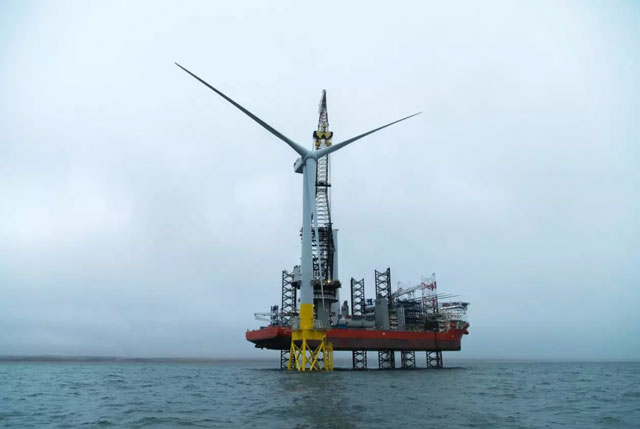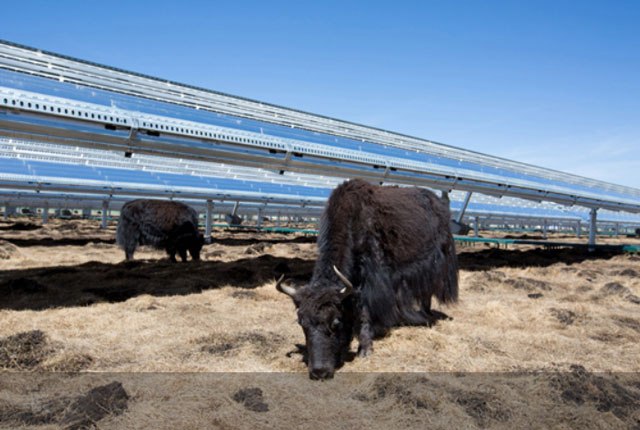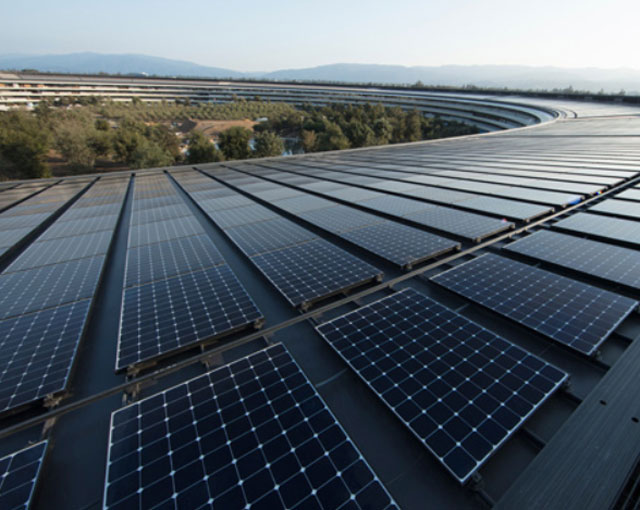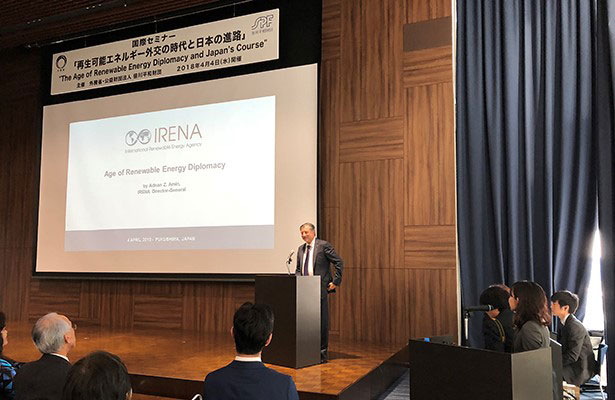Electric Vehicle use expected to charge up in Middle East
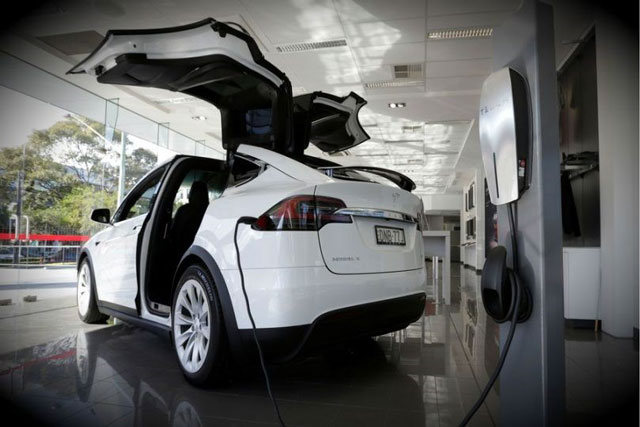
Elon Musk visited Israel last month and reportedly met with government representatives in addition to those of a local start-up, raising speculation that Tesla electric cars could be introduced into the country. Though Musk denied the conjecture on Twitter, his California-based company has over the past year expanded into other parts of the region as demand for electric vehicles continues to grow.
Globally, electric vehicle (EV) sales increased by more than 60 percent from 2016 to 2017, according to Bloomberg. While much of the market is concentrated in the United States and Europe, a combination of increased private investment and government incentivization prefigures expansion of the EV industry in the Middle East.
For its part, Tesla early last year began accepting online orders for its vehicles from both the United Arab Emirates and Jordan and has since opened up a dealership and service center in both Dubai and Amman. Other car companies, such as Japan-based Nissan, likewise are attempting to penetrate the regional market, leading to a boom in the construction of related infrastructure. For example, the first solar-powered “smart park” was recently completed in Dubai, whereas the German company e-Charge last month finalized an estimated $25 million deal to install 10,000 charging ports in Jordan.
“We have identified three markets in which the conditions are conducive to e-mobility,” Markus Dold, founder of e-Charge, explained to The Media Line in an email. “Jordan is certainly one of them as well as Israel and UAE. There is a general feeling that the region is changing and further integrating into the global economy and as such we think that there will be good growth as a whole.”
Meanwhile, some Mideast governments have started offering incentives to citizens—such as free electricity to recharge cars for a limited period of time—in a bid to promote the EV industry, primarily for economic and environmental reasons. “There’s growing interest from the governments to introduce electric vehicles and there’s a push from the car industry,” Nabeel Alzaka, Executive Director of Surface Mobility, a Dubai-based consultancy firm, told The Media Line. “I think every Gulf country has recognized that they don’t have an unlimited supply of oil.”
Accordingly, Alzaka believes that within the next decade many regional countries will incorporate electric vehicles into their public transportation systems.
The current trend is a stark break from recent years in which the Middle East’s EV market took hit after hit, with a lack of infrastructure and limited technology making both investors and consumers reluctant to buy into the product.
Notably, concerns over short battery life, coupled with minimal numbers of charging stations, partially account for the demise of the once up-and-coming Israeli start-up Better Place, which was founded in 2007 but declared bankruptcy in 2013. The company gained international notoriety for developing an innovative network of stations across Israel where consumers could switch out dead batteries for charged ones.
However, the process was “cumbersome” and needed to be repeated too frequently, according to Brian Blum, author of “Totaled: The Billion-Dollar Crash of the Startup that Took on Big Auto, Big Oil and the World.” Blum, who once owned a Better Place car, explained to The Media Line that in the half-decade since the corporation’s demise “a number of companies in Israel have [developed] batteries that can charge faster or go for longer,” but stressed the need for charging ports to be as “ubiquitous as gas stations.”
In fact, EV companies are increasingly aware that appropriate infrastructure needs to be in place in order to reassure consumers. “[We want] to solve the chicken and egg problem of e-mobility,” Dold of e-Charge concluded. “People don’t buy electric cars if they don’t see charging stations.”
Source: The Medialine
